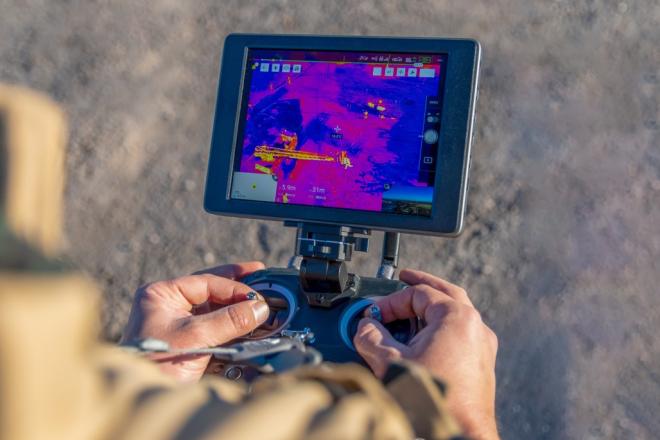
ASEAN countries are developing a regional strategy to achieve carbon neutrality. And they are looking at frontier technologies and innovative solutions that will enable a just, safe, and inclusive transition to a net-zero carbon economy.
The OECD defines frontier technologies as “disruptive” technologies that will reshape industry, healthcare, and communications and provide urgently needed solutions to global challenges like climate change. These include technologies related to Internet of Things (IoT), artificial intelligence, big data and quantum computing, and nanotechnologies. For example, big data applications can be used to monitor and measure environmental changes more effectively, providing information needed to design better policies and measures and improve implementation of projects and programs.
At the 12th Informal ASEAN Ministerial Meeting on Science, Technology and Innovation hosted by Brunei Darussalam in June, ministers from member states exchanged views on strategies for carbon neutrality and sustainable growth. They also tasked the ASEAN Committee on Science, Technology and Innovation (COSTI) to explore the possibility of forming a task force on carbon neutrality.
At last year’s virtual ministerial meeting, chaired by Viet Nam, the ministers agreed that frontier technologies are “imperative in reducing carbon emissions, allowing ASEAN to achieve robust industrial development while still protecting the environment.” They said Fourth Industrial Revolution (4IR) technologies should be part of an industrial development strategy to improve public service delivery and improve the private sector’s productivity. They welcomed COSTI’s suggestions to use 4IR to accelerate the shift to a low-carbon economy and achieve the Sustainable Development Goals (SDGs).
Scaling up climate action
Like the rest of the world, ASEAN needs to achieve carbon neutrality to accelerate climate goals under the Paris Agreement.
Long coastlines, heavily populated low-lying areas, and dependence on agriculture are among the reasons that make Southeast Asia highly vulnerable to the impacts of climate change, such as rising sea levels, severe floods, and prolonged dry spells. The Asian Development Bank estimates that climate change threatens to shrink the regional economy by 11% by the end of the century.
Ahead of the COP 26 climate conference in Glasgow in 2021, ASEAN launched its first State of Climate Change Report, which outlines opportunities for cooperation and collaboration toward meeting climate targets by 2050.
At last year’s East Asia Energy Forum, Dato Lim Jock Hoi, Secretary-General of ASEAN, said ASEAN has put in place several initiatives to support a decarbonized economy and promote greater sustainability. These include the Circular Economy Framework and ongoing preparations for a carbon neutral strategy for the region.
Developing a regional strategy
At the meeting between the ASEAN Economic Community Council Ministers, ASEAN Agriculture and Forestry Ministers, ASEAN Energy Ministers and ASEAN Transport Ministers last November 2022, the ministers stressed the importance of a collaborative, systematic, and coherent approach in developing carbon neutrality and green growth strategies in ASEAN. They noted that there are cross-cutting sustainable development issues with deep implications to the region, particularly in its pursuit of carbon neutrality.
The ASEAN Secretariat and the Government of Australia, through the Australia for ASEAN Futures – Economic & Connectivity program, are developing the ASEAN Strategy for Carbon Neutrality. The strategy will be presented to the ASEAN Economic Ministers and ASEAN Economic Community Council for endorsement and adoption.
The regional strategy is envisioned to complement national strategies. It will focus on potential regional collaboration to leverage advantages and enable resource optimization, instead of providing recommendations for each member state. Each country faces different challenges and opportunities, and each has set their Nationally Determined Contributions (NDCs) and longer-term climate commitments.
The regional strategy is expected to include a greenhouse gas inventory, nature-based solutions and ecosystem-based approaches, market-based solutions, and investment in low-carbon technologies and inclusive and sustainable infrastructure.
This article was first published by BIMP-EAGA on 20 July 2023.

